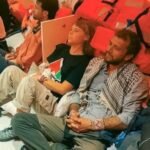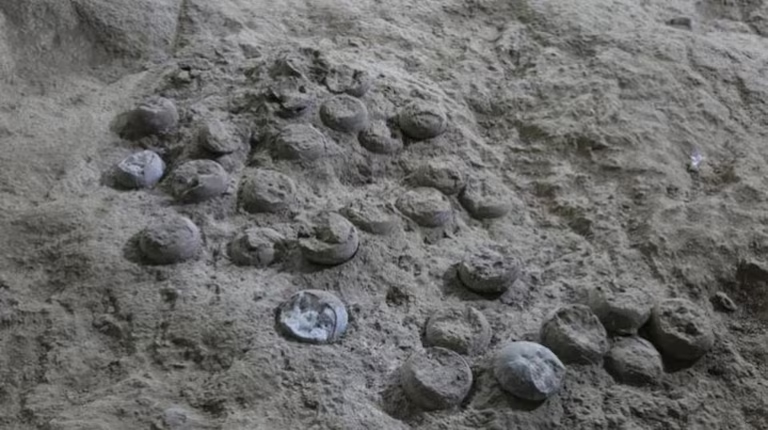NASA and SpaceX launched a four-member crew to the International Space Station (ISS) on Friday, embarking on the latest research expedition to the orbiting laboratory.
The mission, dubbed Crew-11, included NASA astronauts Zena Cardman and Mike Fincke, Japan Aerospace Exploration Agency (JAXA) astronaut Kimiya Yui, and Roscosmos cosmonaut Oleg Platonov.
The crew lifted off at 11:43 a.m. Eastern Time (15:43 GMT) aboard a SpaceX’s Dragon capsule, mounted on a Falcon 9 rocket, from NASA’s Kennedy Space Center in Florida.
The capsule, named Endeavor, has previously completed four NASA missions as well as one private mission.
Crew-11 marks the 11th crew rotation mission to the ISS under NASA’s Commercial Crew Program. During their six-month stay, the crew will simulate moon landing scenarios that could be encountered near the lunar South Pole under NASA’s Artemis program.
Using handheld controllers and multiple display screens, they will test how shifts in gravity affect astronauts’ ability to pilot spacecraft, including future lunar landers.
Furthermore, the crew will study plant cell division and microgravity’s effects on bacteria-killing viruses, and will also perform experiments to produce a higher volume of human stem cells and generate on-demand nutrients, according to NASA.
For a brief period, the ISS crew will increase to 11 members as Crew-11 joins the existing team of NASA astronauts Anne McClain, Nichole Ayers and Jonny Kim, JAXA astronaut Takuya Onishi, and Roscosmos cosmonauts Kirill Peskov, Sergey Ryzhikov and Alexey Zubritsky.
After a handover period, the Crew-10 will return to Earth. Mission teams will review weather conditions at the splashdown sites before their departure, said NASA.
Continuously inhabited since 2000, the ISS functions as a vital test bed for research that supports deeper space exploration, including eventual missions to Mars.
The ISS is set to be decommissioned after 2030, with its orbit gradually lowered until it breaks up in the atmosphere over a remote part of the Pacific Ocean called Point Nemo.






















